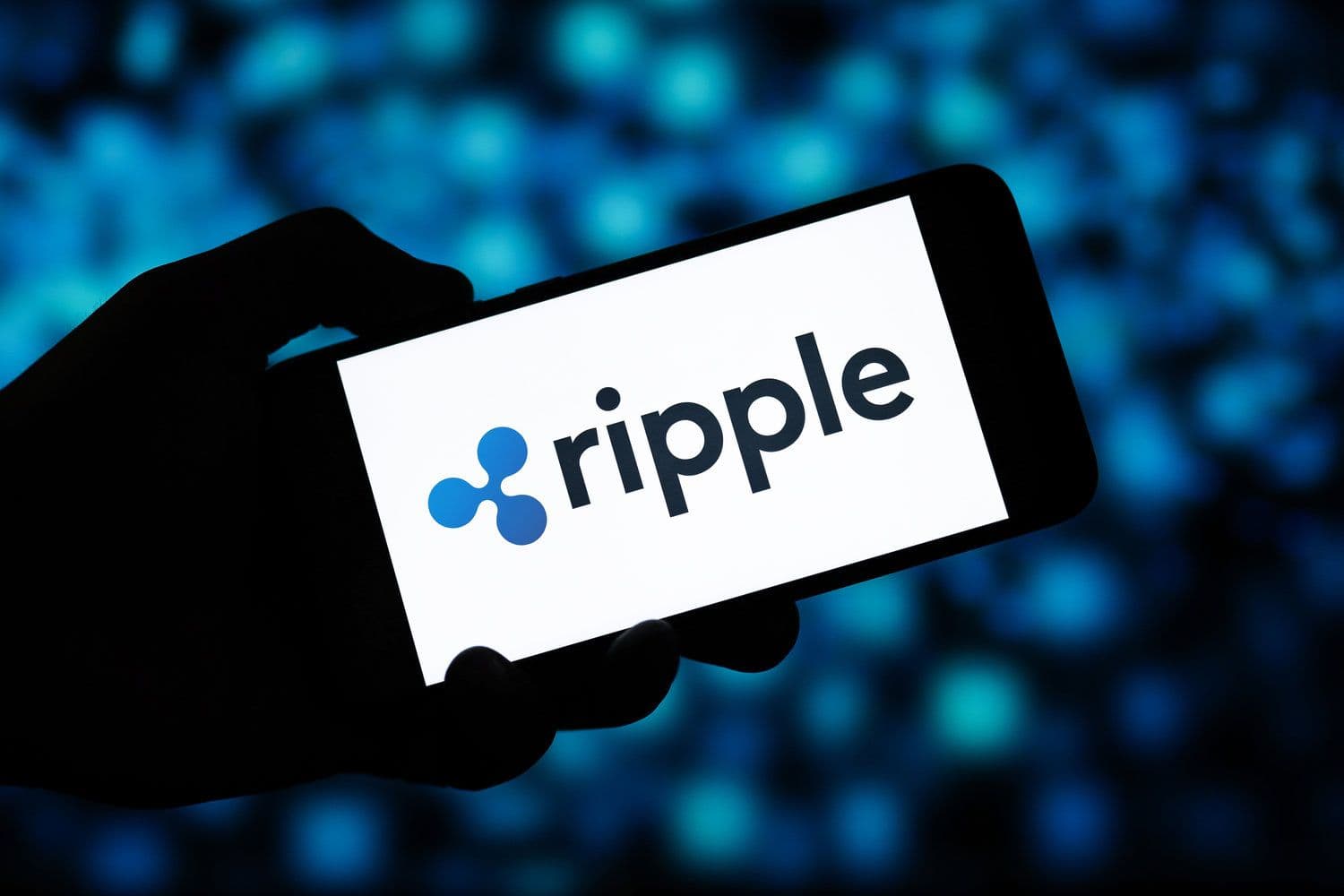Barstool Sports founder Dave Portnoy has expressed deep regret after offloading his XRP holdings just weeks before the cryptocurrency surged to new yearly highs, missing out on millions in potential gains.
“I would’ve made millions, and I want to cry,” Portnoy said in a video posted to X on Thursday. “I don’t own it anymore, even though I was the leader of the XRP army.”
Portnoy’s comments came as XRP soared past its previous 2025 high of $3.29, peaking at $3.60 on July 18. The move marked a 19.61% daily gain, according to Nansen data, and pushed XRP toward a $200 billion market capitalization milestone.
In the past 24 hours alone, more than $68.16 million in XRP short positions were liquidated, according to CoinGlass, reflecting growing bullish sentiment across the broader crypto market.
Portnoy Sold at $2.40 After Misinformation
Portnoy said he sold most of his XRP around the $2.40 mark, following advice from a friend who warned him that Circle - the issuer of the USDC stablecoin - might outcompete Ripple.
“I sold XRP when it went up to $2.40 because the guy that told me to buy it told me to sell it because he thought Circle would compete with them and was unhappy with it,” Portnoy said, adding he had no “grand belief” in the token. “I bought it out of FOMO, just in case it turned into the next Bitcoin.”
His decision came just days before Ripple applied for a U.S. national banking charter on July 2, an aggressive regulatory move that followed a similar application from Circle. This signaled Ripple's intention to formalize RLUSD and other crypto services under U.S. federal supervision.
Legislative Wins Fuel Crypto Rally
XRP's surge was part of a broader crypto rally that began earlier in the week, catalyzed by renewed optimism around U.S. crypto regulation.
On Thursday, the U.S. House of Representatives passed three significant crypto-related bills:
- Digital Asset Market Clarity (CLARITY) Act: Passed with a 294–134 vote, this legislation aims to define the regulatory status of cryptocurrencies.
- Guiding and Establishing National Innovation for US Stablecoins (GENIUS) Act: Passed 308–122, this bill creates a comprehensive framework for stablecoin issuance and oversight.
- Anti-CBDC Surveillance State Act: Narrowly passed at 219–210, the act limits the Federal Reserve’s ability to issue a central bank digital currency (CBDC) without congressional approval.
These legislative developments were widely interpreted as a turning point for the industry, signaling bipartisan interest in crypto innovation while addressing concerns about state surveillance and overregulation.
Ripple Momentum Continues
Ripple, which is closely associated with XRP, has seen strong momentum in recent weeks. Its RLUSD stablecoin has gained traction, with integrations at regulated entities like AMINA Bank, a Swiss financial institution that now offers custody and trading services for RLUSD.
Ripple is also pursuing a U.S. banking license through the Office of the Comptroller of the Currency (OCC), a move that would further expand the institutional and regulatory reach of its products.
Market analysts remain divided on whether XRP can break through its all-time high of $3.84, set in January 2018. But with new demand drivers - including whale accumulation, ETF speculation, and stablecoin integration - many are optimistic.
On-chain data from Santiment shows a sharp uptick in XRP wallet growth, with over 2,743 addresses now holding at least 1 million tokens. These whale wallets control more than 47.32 billion XRP, or nearly half the circulating supply.
Portnoy’s Experience Highlights Retail Psychology
Portnoy’s self-deprecating take has struck a chord among retail investors who often buy and sell based on influencer sentiment and fear of missing out.
“Dave’s mistake is a classic case of emotional trading,” said Kevin Hines, market strategist at Delphi Digital. “The irony is that XRP is one of those tokens that retail likes to rotate into late-cycle. He may have exited just as that momentum was beginning.”
Portnoy’s missed opportunity underscores the volatility of crypto markets and the dangers of basing investment decisions on short-term signals or external advice.
Despite his regret, Portnoy remains a recognizable figure in the crypto community and is often seen as emblematic of retail investor behavior during market swings.
Institutional Flow Could Sustain Rally
According to CoinShares, institutional crypto products have recorded eight consecutive weeks of inflows, with XRP-related products gaining traction as an alternative to Ethereum.
“XRP is increasingly being positioned as a legal-compliant layer for stablecoin settlement and cross-border payments,” said Emily Zhang, an analyst at Galaxy Digital. “That use case is now being amplified by both public company adoption and retail traders like Portnoy sharing stories of regret.”
Dave Portnoy’s emotional confession about missing out on XRP’s latest surge captures both the highs and lows of retail trading in a fast-moving market. But beyond the meme-worthy regret, XRP’s momentum is being shaped by real-world catalysts: growing legislative clarity, increasing stablecoin integration, and broader institutional support.
With prices still below all-time highs and bullish sentiment building, XRP remains a token to watch in 2025 - especially as market structure, banking partnerships, and regulation continue to evolve in its favor.

